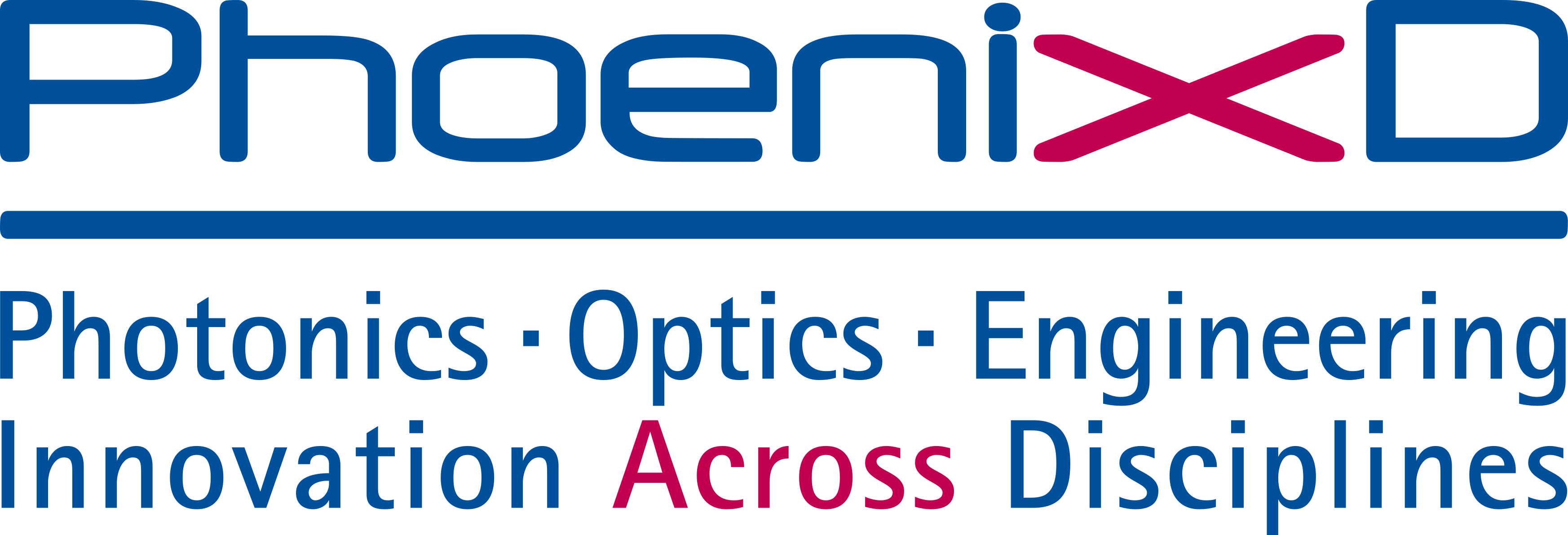Time-Domain Topology Optimization of Power Dissipation in Dispersive Dielectric and Plasmonic Nanostructures
- verfasst von
- Johannes Gedeon, Izzatjon Allayarov, Antonio Cala Lesina, Emadeldeen Hassan
- Abstract
This article presents a density-based topology optimization scheme for locally optimizing the electric power dissipation in nanostructures made of lossy dispersive materials. We use the complex-conjugate pole-residue (CCPR) model, which can accurately model any linear materials' dispersion without limiting them to specific material classes. Based on the CCPR model, we introduce a time-domain measure of the electric power dissipation in arbitrary dispersive media. The CCPR model is incorporated via auxiliary differential equations (ADE) into Maxwell's equations in the time domain, and we formulate a gradient-based topology optimization problem to optimize the dissipation over a broad frequency spectrum. To estimate the objective function gradient, we use the adjoint field method, and explain the discretization and integration of the adjoint system into the finite-difference time-domain (FDTD) framework. Our method is demonstrated using the example of topology-optimized spherical nanoparticles made of Gold and Silicon with an enhanced absorption efficiency in the visible-ultraviolet spectral range. In this context, a detailed analysis of the challenges of topology optimization of plasmonic materials associated with a density-based approach is given. Our method offers efficient broadband optimization of power dissipation in dispersive media.
- Organisationseinheit(en)
-
Institut für Transport- und Automatisierungstechnik
PhoenixD: Simulation, Fabrikation und Anwendung optischer Systeme
Hannoversches Zentrum für Optische Technologien (HOT)
- Externe Organisation(en)
-
Universität Umeå
- Typ
- Artikel
- Journal
- IEEE Transactions on Antennas and Propagation
- Anzahl der Seiten
- 16
- ISSN
- 0018-926X
- Publikationsdatum
- 01.01.2025
- Publikationsstatus
- Elektronisch veröffentlicht (E-Pub)
- Peer-reviewed
- Ja
- ASJC Scopus Sachgebiete
- Elektrotechnik und Elektronik
- Elektronische Version(en)
-
https://doi.org/10.48550/arXiv.2407.05994 (Zugang:
Offen)
https://doi.org/10.1109/TAP.2024.3517156 (Zugang: Offen)


